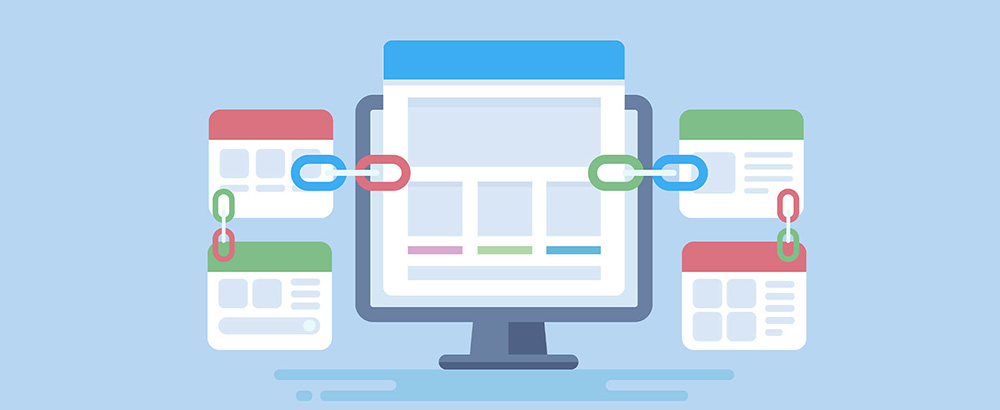Setting Up the Campaign
After clicking on the “Create a Campaign” button and choosing the campaign type you want to start with, you will access the Campaign Builder.
If you’re working with Aged Contextual Links, you’ll start by selecting the target Page Authority of your backlink placements.
If you’re working with Fresh Contextual Links, you’ll start by selecting the target Domain Authority of your backlink placements.
Content
With Fresh Contextual Links, we produce entire articles to publish on the target site. Our standard articles are at least 800-words.
You can upgrade to 2000-word premium articles, written by professionals with top publication experience (Forbes, Business Insider, Entrepreneur etc).
Anchor Text
This is the keyword that you’re targeting. Be careful not to over-optimise, meaning, don’t hammer the same keyword over and over. A good SEO campaign should strive to appear as natural as possible. So, use variations of your keyword, long-tail keywords, and also mix in plenty of generic (click here, learn more, here) and branded (example.com) keywords.
When it comes to a new website and websites that have not engaged in SEO before, spend more time focused on low competition anchors, keyword variations, branded and generic anchors. Save your main target keywords for later in the campaign.
Target URL
This is the page you want to build direct links to. We recommend also building links to pages that you don’t need to rank. This keeps your campaign looking natural.
Another natural marker is to build links to inner pages. Usually, it’s the inner pages that would naturally acquire more backlinks, so build links to your blog content and ensure your internal linking structure within your blogs point to your main landing pages. This will ensure that the link authority flows through and helps your target pages rank, even when you’re not directly linking to them.
Advanced Options
There is a toggle to activate the Advanced Options. Click it and you will have access to the following:
Content Approval
If selected, we will run all content by you before publishing. If you request any edits, we will take care of them until you are satisfied.
Link Approval
If selected, we will run all potential placement websites by you before we commit to them.
Website Age
You can choose the minimum age of the placement websites.
Monthly Traffic
You can choose the minimum monthly traffic of the placement websites.
Language
Besides English, we currently also support German and Croatian.
Location
You can choose which TLDs to target:
UK
USA
Australia
New Zealand
Canada
Germany
Austria
Croatia
If you need any additional help with your SEO campaign, do not hesitate to contact us. We can be reached via email, live chat, and by video call.














